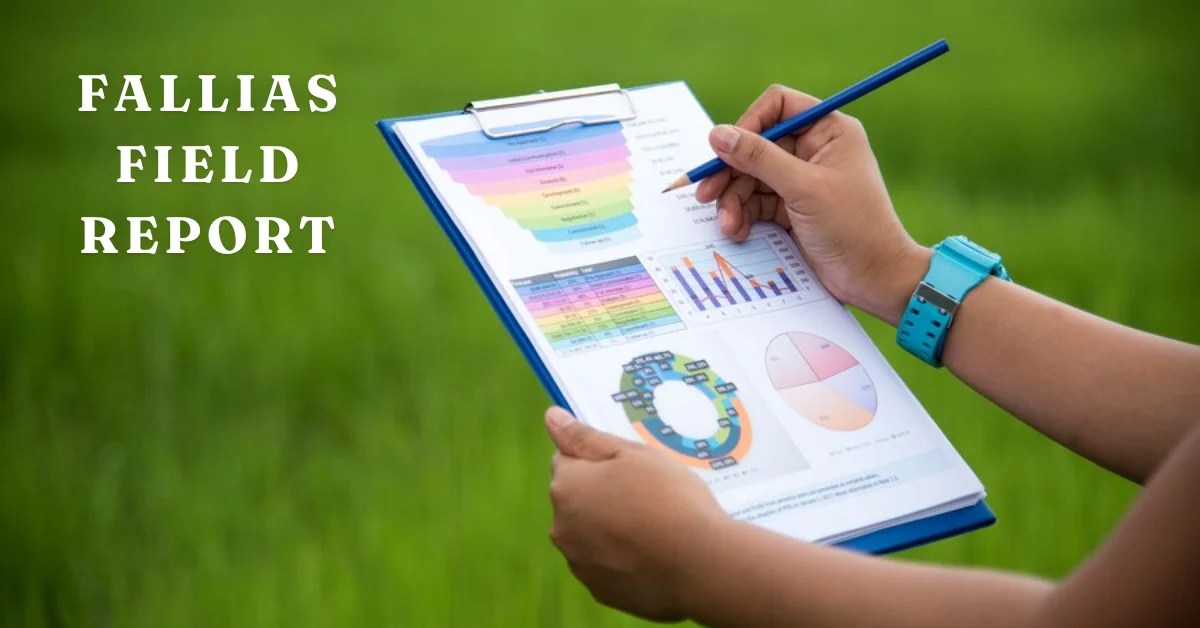Fallias stands as one of the four legendary cities mentioned in ancient Celtic texts, often linked to deep-rooted myths and mysticism. Its origins, steeped in legend, tell of a place filled with wisdom and guarded by powerful magic. The physical location of Fallias has long intrigued archaeologists, historians, and environmentalists alike. Known for its significance in Celtic mythology, Fallias is often associated with ancient druids and the legendary Sword of Light. The recent field report on Fallias aims to uncover both the mythological and historical truths hidden beneath its surface.
Historical Background of Fallias
The lore surrounding Fallias is vast, especially in Celtic traditions, where it is considered one of the four magical cities, along with Finias, Gorias, and Murias. It is said that the Tuatha Dé Danann, an ancient race of deities, descended from these cities, bringing with them four treasures, one from each city. Fallias, in particular, is believed to be the city of wisdom and is tied to the magical artifact, Claíomh Solais, or the Sword of Light. This sword, like Fallias itself, is shrouded in mystery, symbolizing both divine power and sovereignty. As history progressed, references to Fallias began to blend fact with fiction, leaving modern scholars to unravel the site’s true past.
Purpose of the Fallias Field Report
The Fallias field report was initiated to delve deeper into the site’s historical, archaeological, and environmental significance. The primary goal was to identify any archaeological remains that could substantiate the legendary city’s existence, alongside studying its environmental impact. The researchers aimed to piece together a narrative that would bridge myth and reality, providing a clearer understanding of Fallias’ role in ancient Celtic culture. In addition, the report sought to explore the ecological aspects of the site, assessing any human-induced changes to the environment over time.
Preliminary Research Before the Field Study
Before the field study could commence, a thorough review of existing literature and historical documents was necessary. Researchers pored over ancient manuscripts, folklore, and modern studies that referenced Fallias, seeking patterns and clues to guide their excavation efforts. This preliminary research also involved consulting with Celtic historians and experts in medieval studies to form a comprehensive framework for the study. The use of digital archives and collaboration with other archaeological projects in nearby regions enriched the background for this report, ensuring that the team was well-prepared before setting foot on the site.
Environmental Conditions of Fallias
Alias, located in a remote area known for its lush green landscapes and dense forests, presents unique environmental challenges. The site is home to a wide variety of flora and fauna, some of which are endemic to the region. The field report carefully documented the environmental conditions, noting the delicate balance between natural ecosystems and potential human interference. The impact of ancient civilizations on the environment was also studied, providing insights into how the inhabitants of Fallias may have lived in harmony with—or altered—their surroundings.
Also Read: Dhamaka Zone Celebrity Gossip: The Ultimate Source for Entertainment News
Fallias: A Mythical Landscape
Fallias’ mythological roots continue to captivate the imaginations of those who study it. The field report explores the idea of Fallias not just as a physical location but as a symbolic landscape within Celtic mythology. According to legend, Fallias was a place of wisdom, where the druids and sages of the Tuatha Dé Danann studied and honed their craft. The landscape itself, with its mysterious hills and hidden caves, adds to the allure of the city, with many believing that these natural features hold clues to its legendary past.
Research Methodology for the Fallias Field Report
The methodologies employed in the field report were multidisciplinary, combining archaeological excavation with geological surveys and historical analysis. Ground-penetrating radar was used to map the subterranean features of the site, helping the team identify potential areas for excavation. Additionally, soil samples were taken to assess any signs of ancient human habitation, while drones provided aerial views of the landscape, revealing patterns that were not visible from the ground. The team also relied on historical texts to cross-reference their findings with known Celtic traditions.
Conclusion
The Fallias field report stands as a testament to the importance of blending historical, archaeological, and environmental studies to uncover the mysteries of ancient sites. As both a mythical and historical landmark, Fallias offers a unique window into the past, allowing us to glimpse the world of the ancient Celts while also reminding us of the ongoing need to preserve such sites for future generations.
FAQs
What is the significance of Fallias in Celtic mythology?
Fallias is one of the four magical cities in Celtic mythology, believed to be the origin of great wisdom and home to the legendary Sword of Light.
What was the primary goal of the Fallias field report?
The main objective was to investigate the historical and archaeological evidence of Fallias, bridging the gap between myth and reality while also considering environmental impacts.
What artifacts were discovered during the Fallias field study?
Several artifacts, including ancient tools and pottery fragments, were unearthed, offering insights into the daily lives of the city’s ancient inhabitants.
How did the research team mitigate environmental damage during the study?
The team took several precautions, such as conducting non-invasive surveys and working closely with environmental experts to ensure that the natural habitat remained undisturbed.
What technologies were used in the Fallias field report?
Ground-penetrating radar, drones, GPS mapping, and soil analysis tools were used to create a comprehensive study of the site without causing significant disruption.
Why is Fallias still relevant today?
Fallias continues to be of interest due to its deep mythological connections and the potential it holds for uncovering truths about ancient Celtic civilizations.





